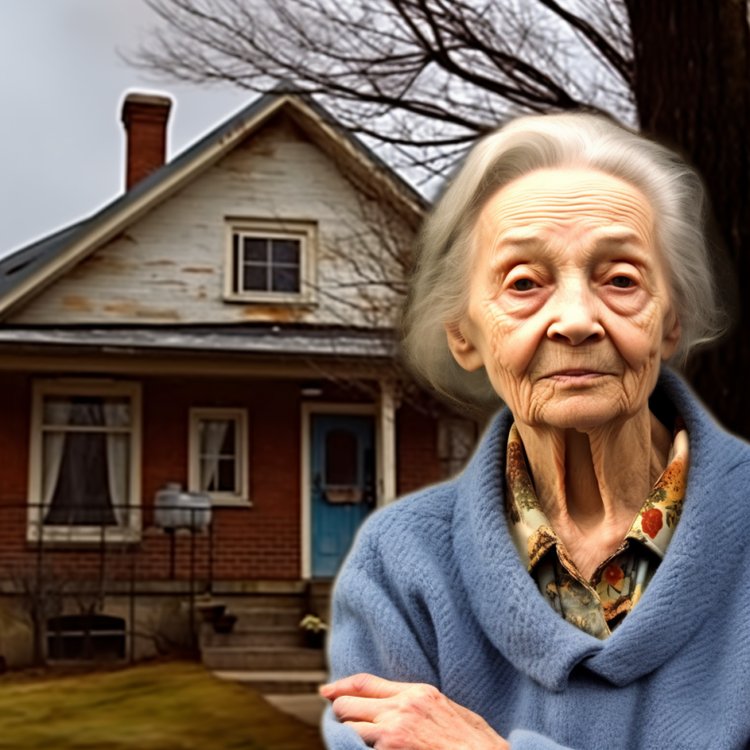Granny Pods: Modern Living Solutions for Senior Independence
Prefabricated homes designed specifically for aging family members have gained significant popularity in recent years. Often referred to as "granny pods," these accessory dwelling units (ADUs) offer seniors independence while keeping them close to family caregivers. These compact, self-contained living spaces provide a dignified alternative to nursing homes or assisted living facilities by allowing elderly relatives to maintain autonomy while having support nearby. As the senior population grows, these innovative housing solutions address both practical caregiving concerns and emotional needs for connection across generations.

Understanding Granny Pods: Modern Senior Living Solutions
Granny pods represent a specialized segment of the prefabricated housing market focused on senior living. These structures—typically ranging from 300 to 800 square feet—function as complete, self-contained homes with accessibility features designed specifically for older adults. Unlike traditional ADUs, granny pods incorporate universal design principles that accommodate changing mobility needs and health requirements of seniors.
Most granny pods include a bedroom, bathroom, kitchenette, and living area in an open floor plan that maximizes space while ensuring ease of movement. Manufacturers design these units with wider doorways, zero-threshold entrances, and reinforced walls to accommodate grab bars and other safety features. Some models come equipped with advanced technology including health monitoring systems, automated medication dispensers, and emergency alert capabilities that provide peace of mind for both seniors and their families.
Why Granny Pods are Popular for Elderly Independence
The rising popularity of granny pods stems from several converging social and economic factors. Traditional eldercare options like nursing homes have become increasingly expensive, with annual costs often exceeding $100,000 in many regions. Meanwhile, many families desire closer intergenerational connections while respecting seniors’ need for privacy and autonomy.
Granny pods effectively bridge this gap by providing seniors their own space while keeping them within easy reach for regular check-ins, shared meals, or emergency assistance. This arrangement benefits both generations: seniors avoid the isolation often experienced in institutional settings while families can provide care without the stress of sharing immediate living quarters. Additionally, many families find comfort in knowing they can directly oversee their loved one’s care rather than delegating to institutional staff. The COVID-19 pandemic further accelerated interest in these arrangements as families sought alternatives to congregate living environments where disease transmission risks were higher.
Legal & Financial Guide to Installing a Granny Pod ADU
Before purchasing a granny pod, families must navigate complex zoning regulations that vary significantly by location. Many municipalities have updated their codes to accommodate ADUs, but restrictions regarding size, setbacks from property lines, utility connections, and occupancy rules still apply. Some jurisdictions require special permits or limit ADU installation to properties of certain sizes.
Financing a granny pod typically requires $40,000 to $125,000 depending on size, features, and customization. While this represents a significant investment, several funding options exist. Some families leverage home equity loans or lines of credit, while others explore specialized “elder cottage” loans offered by certain financial institutions. Medicare and Medicaid generally don’t cover these structures, though some states offer waiver programs that might provide partial assistance if the pod prevents institutionalization. For veterans, the VA offers home modification grants that might apply to certain aspects of installation. Long-term care insurance policies with home modification benefits occasionally provide coverage, though policy language varies substantially.
Prices, rates, or cost estimates mentioned in this article are based on the latest available information but may change over time. Independent research is advised before making financial decisions.
Essential Safety and Accessibility Features for Pods
Safety features represent the most critical aspect of granny pod design. Manufacturers incorporate numerous elements specifically addressing age-related challenges. Wheelchair-accessible designs include wider doorways (minimum 36 inches), zero-step entrances, and open floor plans that accommodate turning radiuses. Bathrooms typically feature walk-in showers with built-in seating, grab bars, higher toilet heights, and non-slip flooring materials.
Lighting requirements increase with age, so quality granny pods incorporate abundant natural light through strategically placed windows while providing even, glare-free artificial lighting throughout. Smart home features can automatically adjust lighting based on time of day or motion detection. Many pods include advanced safety systems such as automatic shut-off features for appliances, smoke and carbon monoxide detectors with strobe capabilities for those with hearing impairments, and medical alert systems. Climate control receives special attention through energy-efficient heating and cooling systems with simple, accessible controls designed for arthritic hands. Some models even include circadian rhythm lighting that adjusts color temperature throughout the day to support healthy sleep patterns.
Navigating Challenges When Planning Your Granny Pod
Despite their benefits, implementing a granny pod solution involves overcoming several challenges. Neighborhood resistance can emerge as a significant hurdle, with some communities expressing concern about property values or increased density. Addressing these concerns proactively through community engagement and education about the purpose and appearance of these structures often helps mitigate opposition.
Utility connections represent another common challenge. While many granny pods can connect to existing home systems, some properties require upgrades to electrical panels, water lines, or septic systems to accommodate the additional demand. Professional site assessments can identify these requirements early in the planning process. Weather considerations also impact installation timelines and design requirements, with regions prone to flooding, high winds, or heavy snow necessitating specialized structural adaptations. Finally, families must develop clear agreements regarding property ownership, maintenance responsibilities, and future plans for the structure should care needs change. Creating formal legal documents addressing these issues helps prevent future disagreements and protects both the senior’s interests and property values.
By addressing these challenges proactively and thoroughly researching local regulations, families can successfully implement granny pod solutions that provide dignity and independence for aging loved ones while maintaining close family connections.




